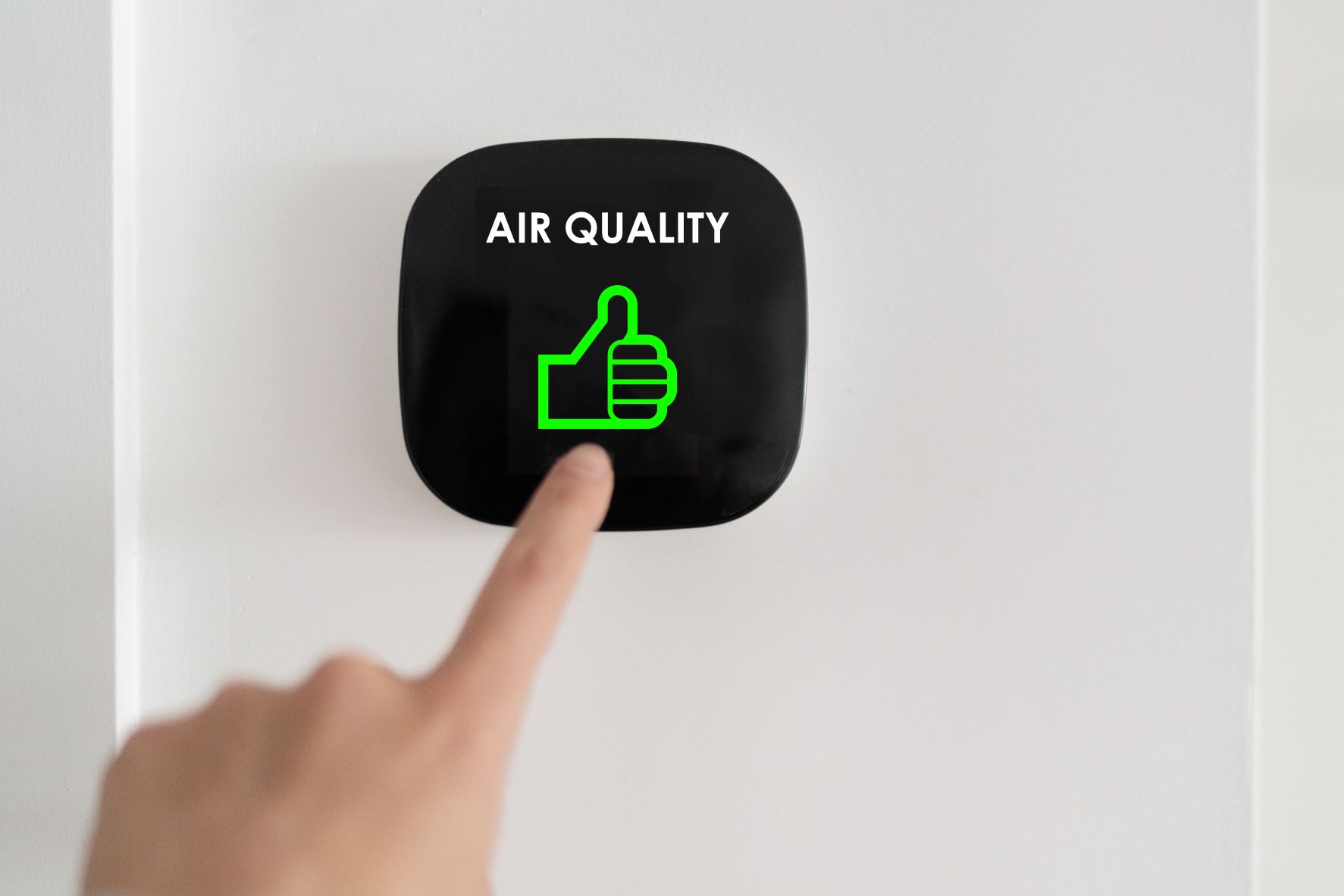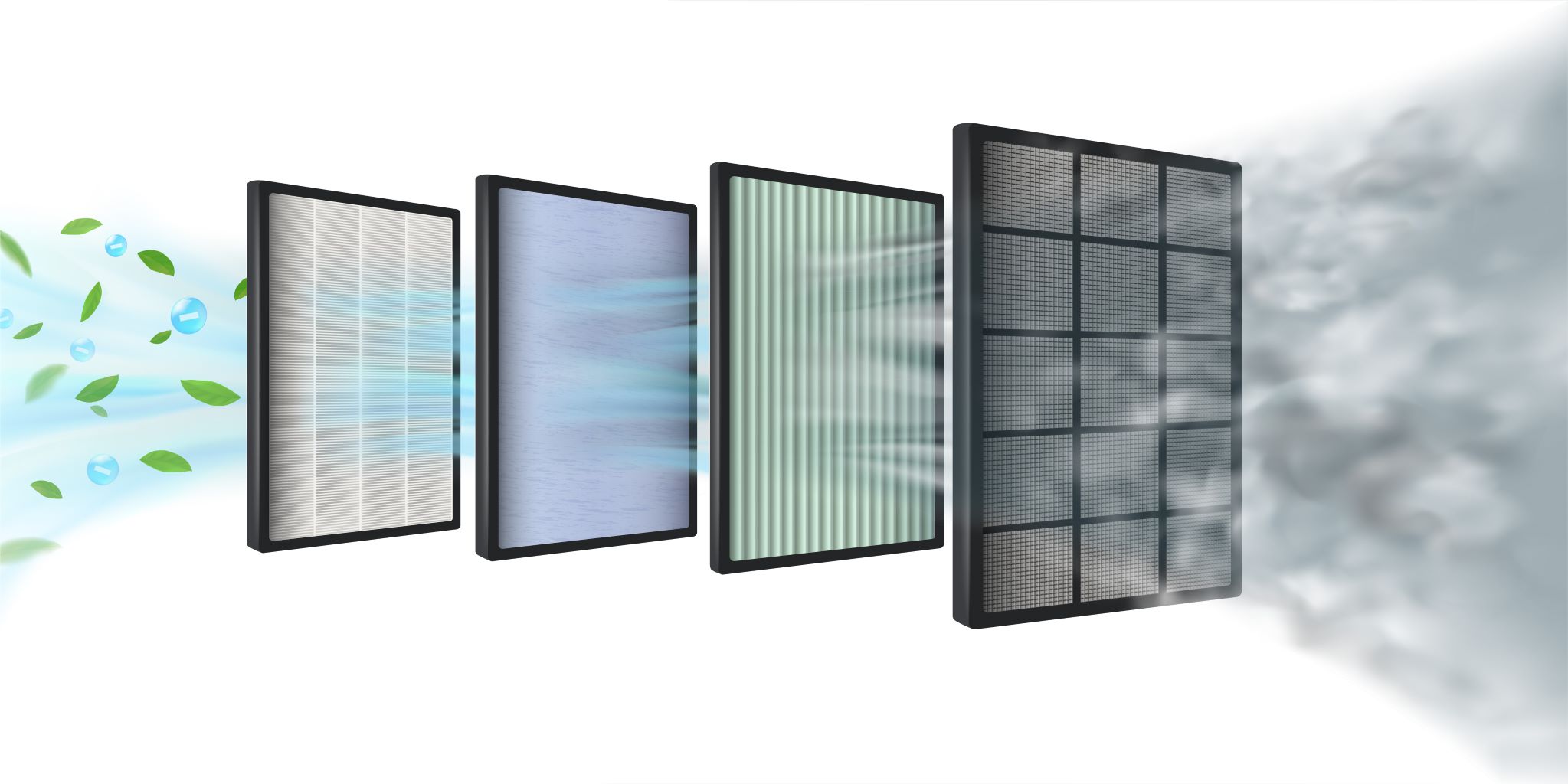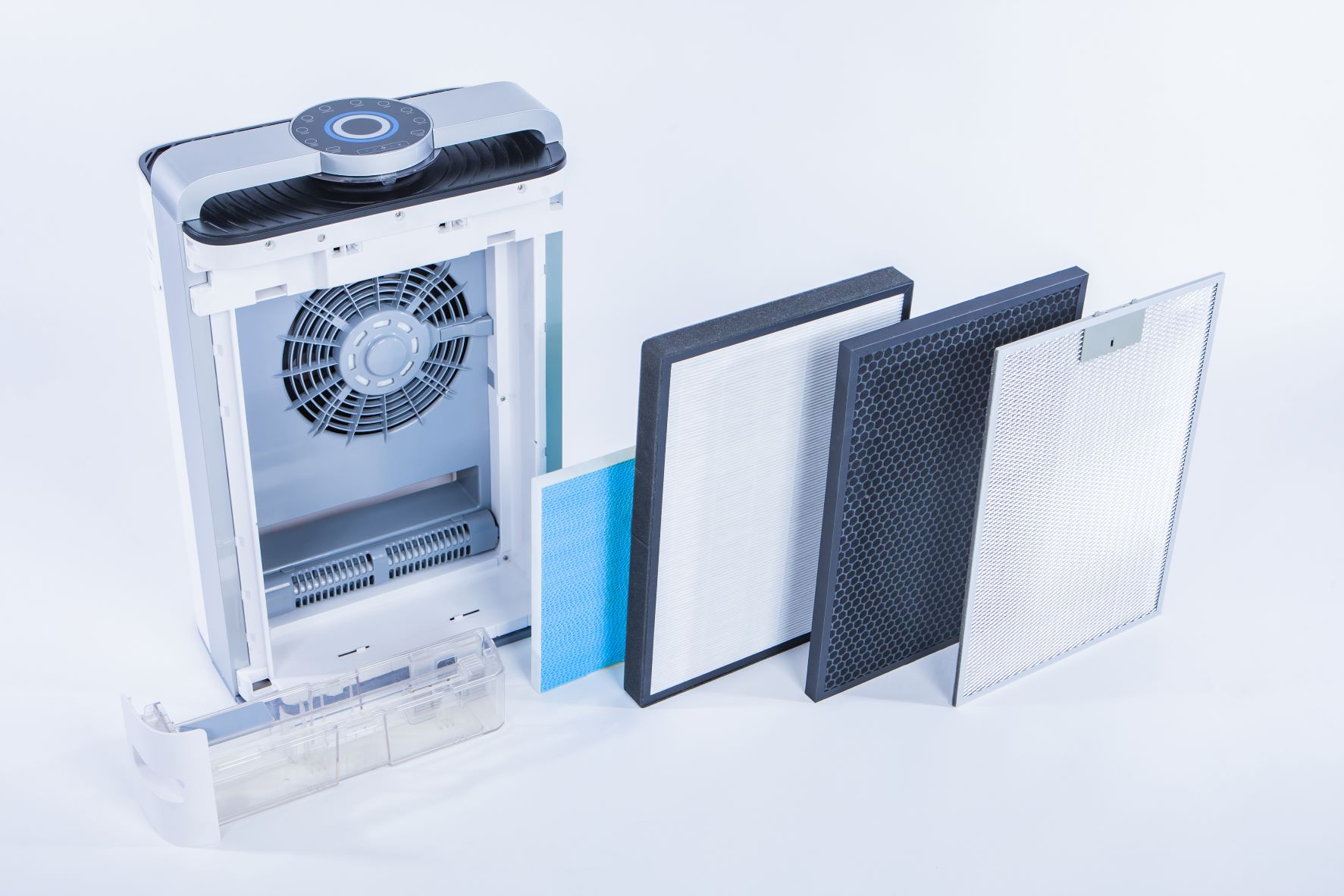
Clean water and fresh air are two of the most important elements for the human body, but they are very basic resources in our life that many of us don’t really pay attention to their quality. Although many households have recognized the need to install a water filter, it is relatively fewer families which have an air purifier at home. Due to the COVID-19 outbreak, people is becoming more alert about indoor air quality, especially for those who have to work from home or spend extended time indoor. You don’t need a lot of researches to find that indoor air pollutants can be 2 to 5 times higher than the outdoor air ones. However, you may need a good buying guide to identify the air purifier that suits your home. Below is a comprehensive list of things for your consideration before purchasing.

Filtering mechanism
You will probably encounter different types of filters or air cleaning technologies when searching for air purifiers in the market, and it is beneficial to take a brief look of them and understand the technologies behind.
HEPA filters
HEPA stands for “high efficiency particulate air”. HEPA filters are a very common part in air purifiers today and considered to be the gold standard for indoor air purifiers. Made from glass or synthetic materials, these filters can capture up to 99.97% of airborne particles that are as small as 0.3 microns, which include dust, pet dander, pollen, viruses and bacteria. HEPA filters are very powerful, but make sure the air purifier you are buying comes with a “true HEPA” filter, not a “HEPA-type” filter, because only the former one is made to the strict HEPA standards.
Activated carbon
This type of filter is made of granules of activated carbon, which has undergone a process to increase its surface area and so the ability to trap gas molecules. Having said that, it is clear that carbon air filters are designed to remove gases. They cannot trap fine particles like mold, pollen or dust, but are very effective to remove volatile organic compounds (VOCs), odors like tobacco smoke and other gaseous pollutants.
UV light or ionizers
UV air purifiers use short-wave UV-C light to kill or inactivate microorganisms like bacteria and viruses. Ionizers remove air contaminants by first charging air molecules, making them easier to settle on surfaces that have opposite charge. However, both UV light and ionization can create ozone in the process and may cause other health issues because of it, so they are less popular than the HEPA and carbon filters.
Room size
This is the specification you need to pay attention to if you want to make sure your air purifier can fully clean the air in your room. It is indicated by the coverage area per hour. Finding an air purifier that fits your room size is the way to spend money wisely, especially when you are planning to have one device at every room in your house.
CADR (Clean Air Delivery Rate)
CADR is the industry standard for the measurement of filtered air flow. It shows the volume of air a purifier can clean over time and is calculated as cubic feet per minute (CFM). This metric is important because it means the device has gone through a certified lab test designed by a third party. CADR can also be used to determine the coverage area of an air purifier.

Noise
Air purifiers are one of the home appliances that are on almost all the time, so you want to make sure they are not a nuisance, especially in bedrooms. While looking for an effective unit, bear in mind to check the noise levels (measured by decibels) at different speed settings and choose an appropriate device.
Cost
Price is a decisive factor for purchasing an air purifier, but you want to look beyond the up-front cost of a device because of the following two components:
Energy efficiency
Low energy consumption is a typical feature of air purifiers, however, when they are on 24/7 it is important to find a device with a higher energy efficiency.
Maintenance
From a long-term perspective, the most expensive part of an air purifier is the non-washable filters, like activated carbon and HEPA filters. So remember to calculate the maintenance cost by checking the lifespan of these filters and their replacement price from the manufacturer.


